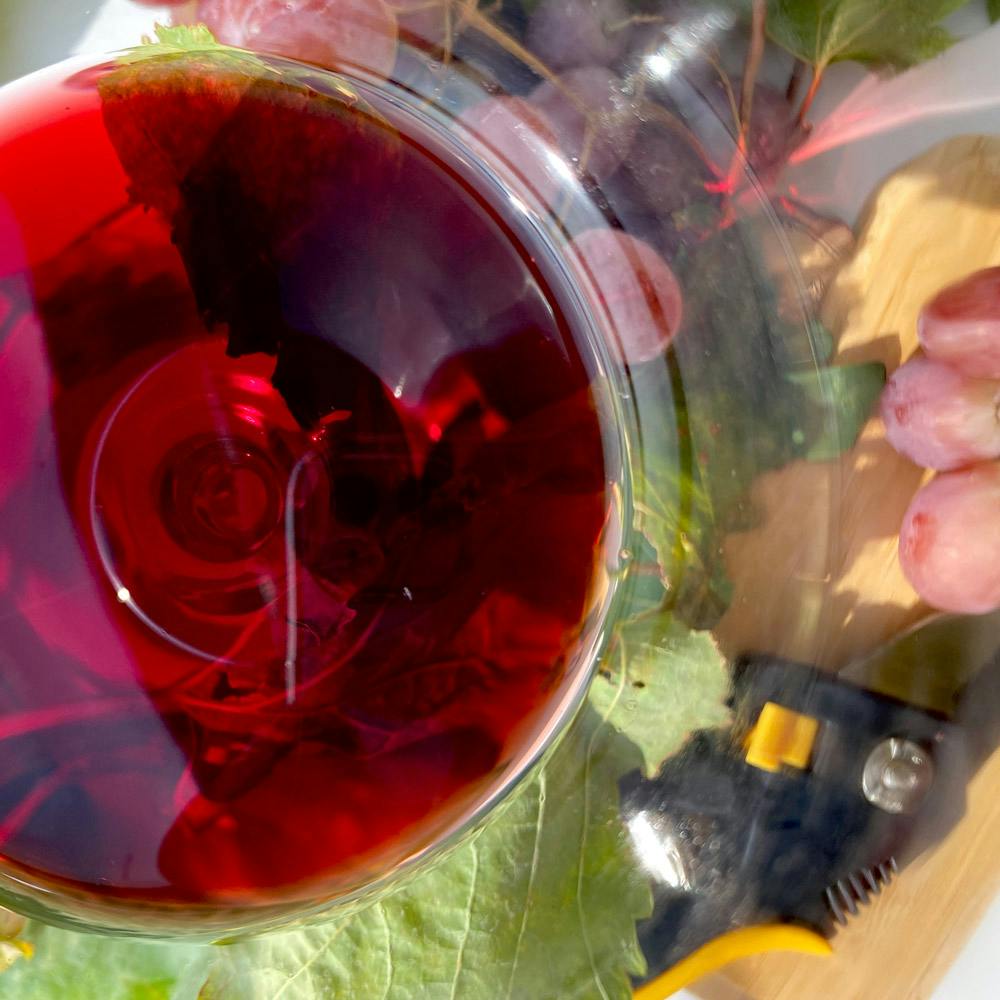The end of Summer. The Grapes Harvesting, "La Vendimia".
The cold and humidity begin to appear in most of the Spanish regions. The season for hunting, chestnuts, mushrooms, Autumn fruits, and a great variety of leaves and root vegetables are approaching. The pastures after the first rains of September are greener than ever.
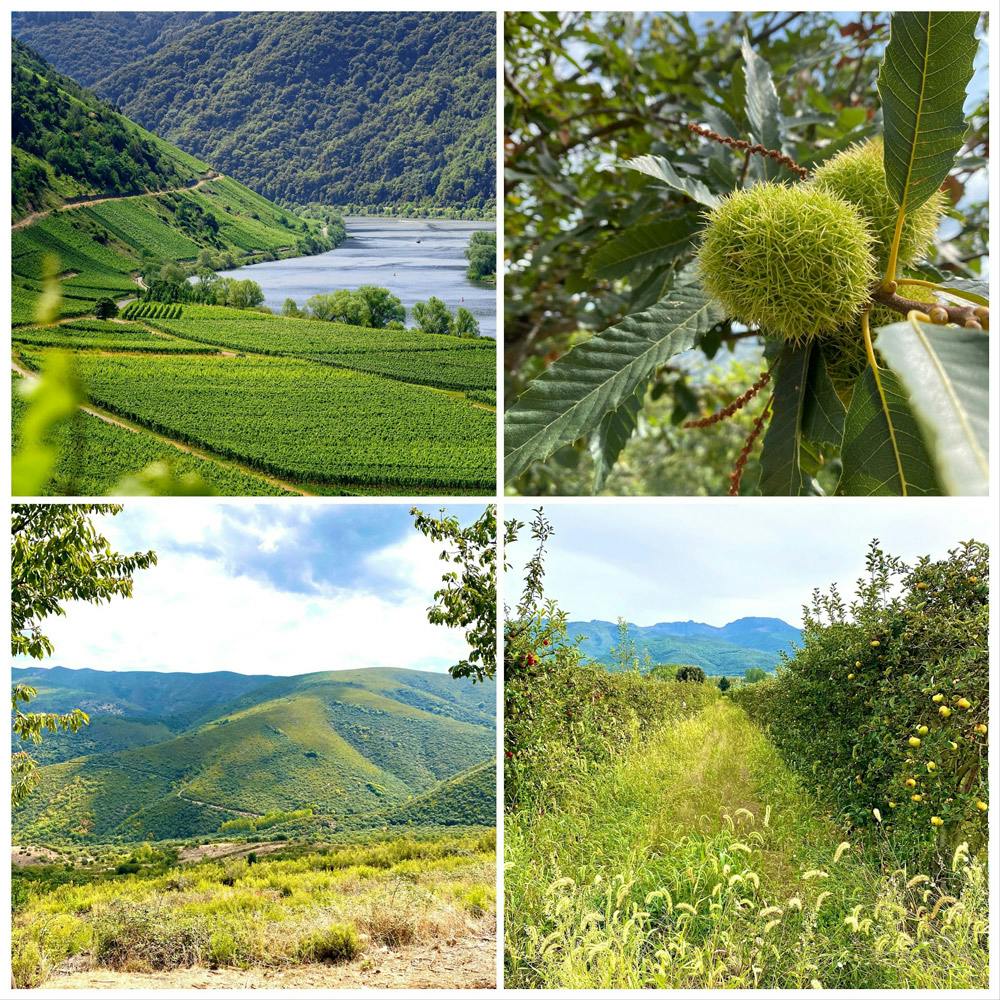
But there is an important event in Spanish gastronomy that marks the end of the summer by welcoming this beautiful autumn season. A tradition that began with the Phoenicians and has ended up becoming a symbol of international recognition.
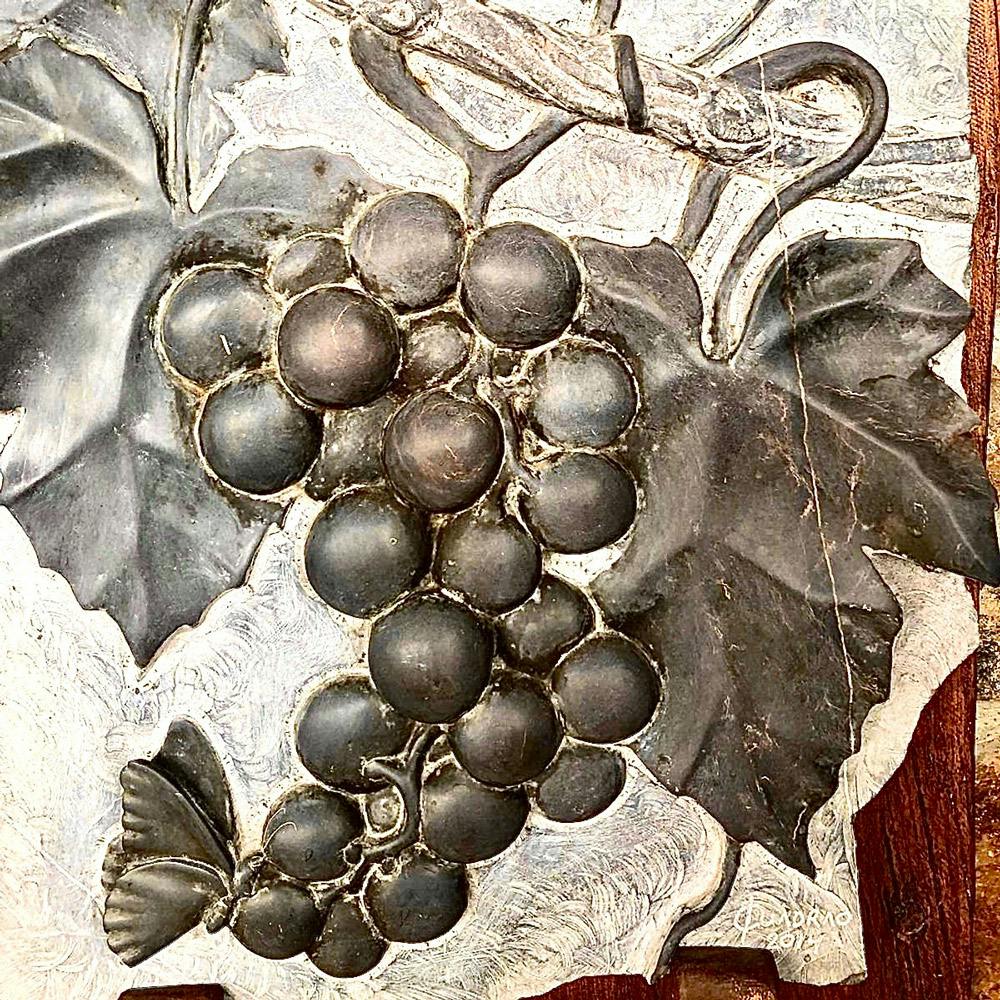
Origins
This action of harvesting has strong roots in past civilizations. Already in Egyptian times, the origin of wine was attributed to the god “Osiris”. In Greece to “Dionysus” and Rome to “Bacchus”. These divinities, who symbolized youth and eternal life, ended up being worshipped throughout the world, turning everything that surrounded the world of wine into a festival.
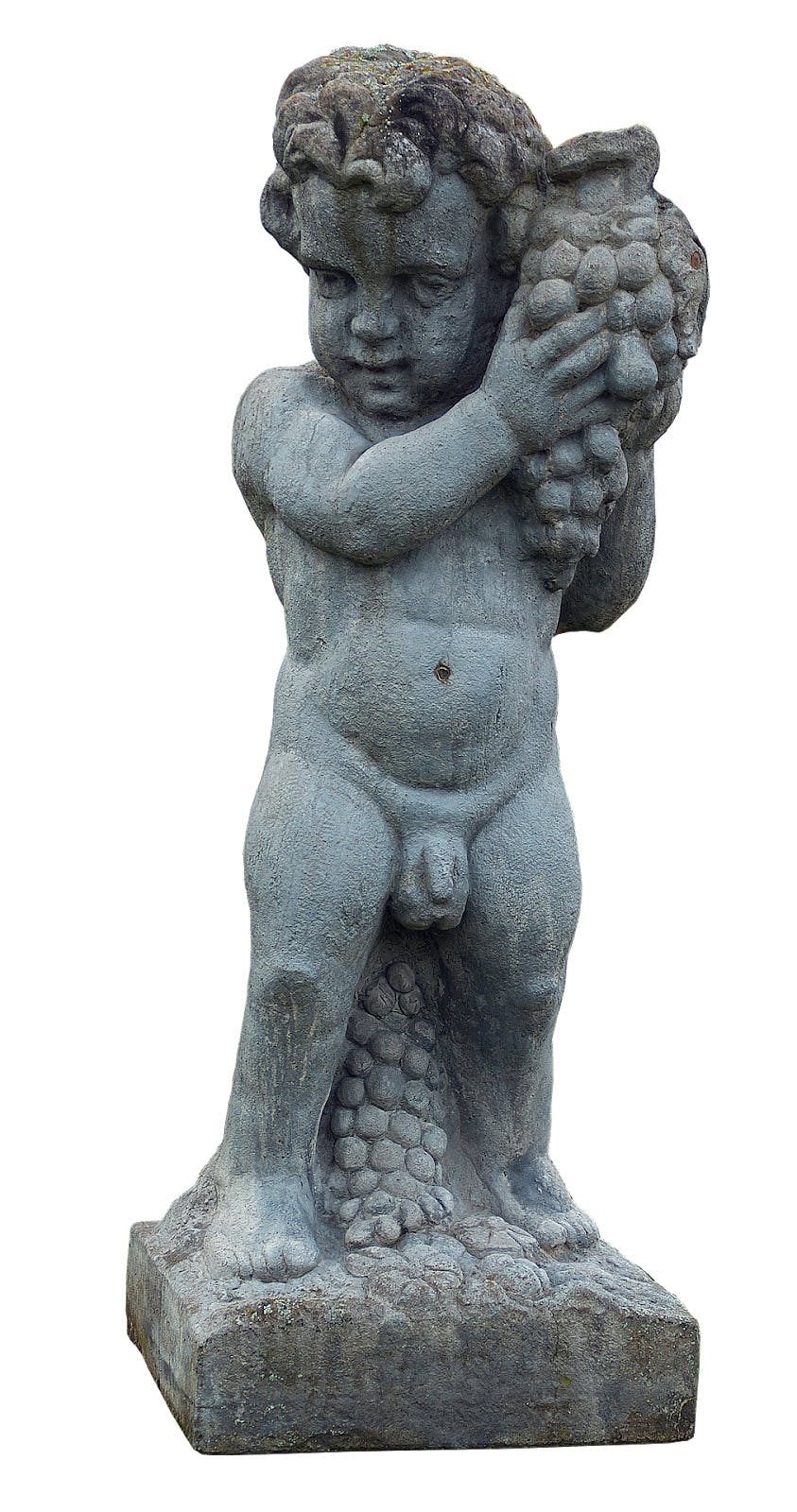
"BACCHUS" Roman God of Wine
In Egypt during the grape harvesting, in addition to being celebrated with songs and dances to give thanks to the Gods for the fruits that had been born, the grapes were stepped on and the first wine of the season was drunk, dedicating it to the Deities. A way to unite, through symbolism, the spiritual with the earthly. Once the must was had, it was bottled in jars until its complete fermentation, which would give rise to wine: a drink enjoyed by royalty and was used both in religious rituals and in offerings to the Gods.
La Vendimia.
The word "Vendimia" refers to the harvesting of the grapes that will later be used for the production of wine. In Spain the harvest time varies between the months of August and October depending on the degree of maturity of the grapes.
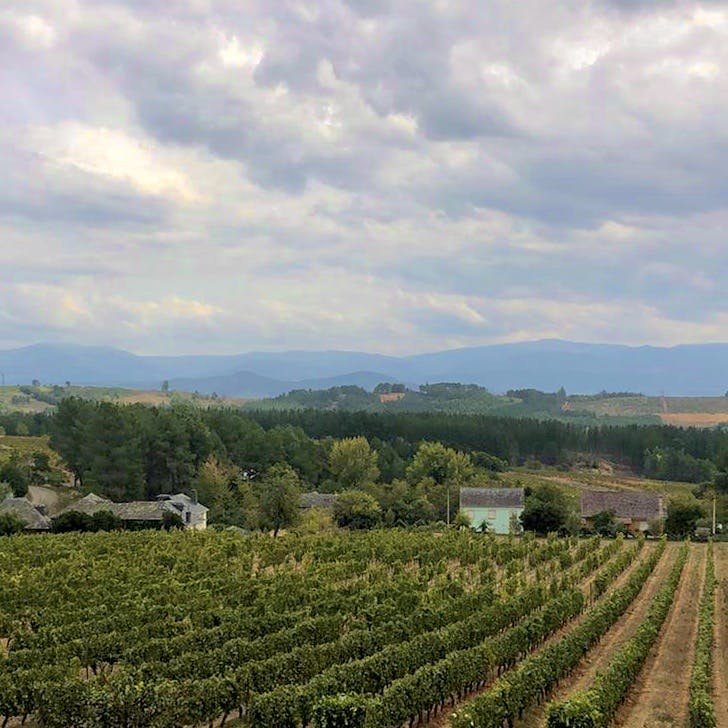
Spanish vineyard.
The usual thing is to do it at night for the advantage that it offers to pick the grapes when the temperature drops to its minimum. In this way, grape fermentation at high temperatures is avoided, and the grape reaches the chambers intact.
It is also essential that it is collected before the dew falls to prevent the water that covers the grapes from changing the taste of the wine.
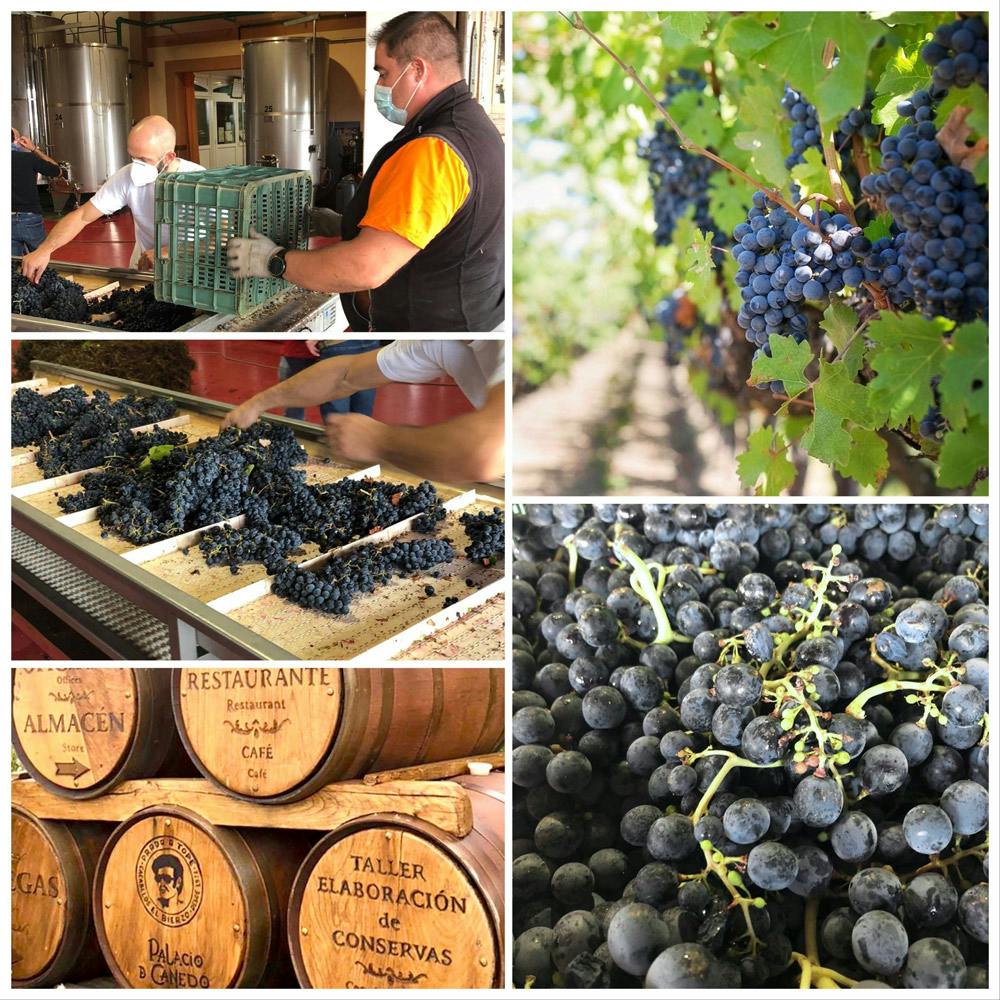
The traditional way of harvesting the grapes is done manually to choose the necessary bunches one by one, selecting the most appropriate for each type of wine. It is a costly job, both personally and financially, as it increases collection time and costs. But in the end, the result of a collection with dedication, hard work, and love is transformed into great wines of Spanish gastronomy.
